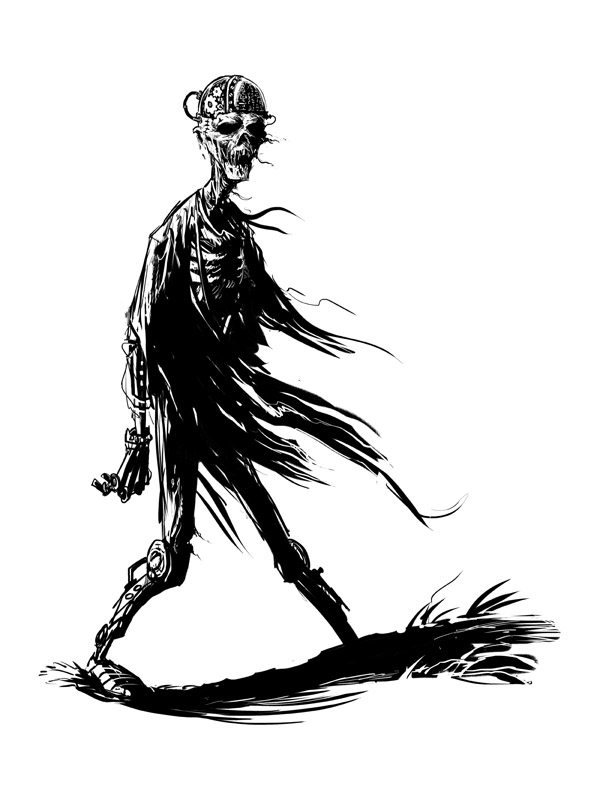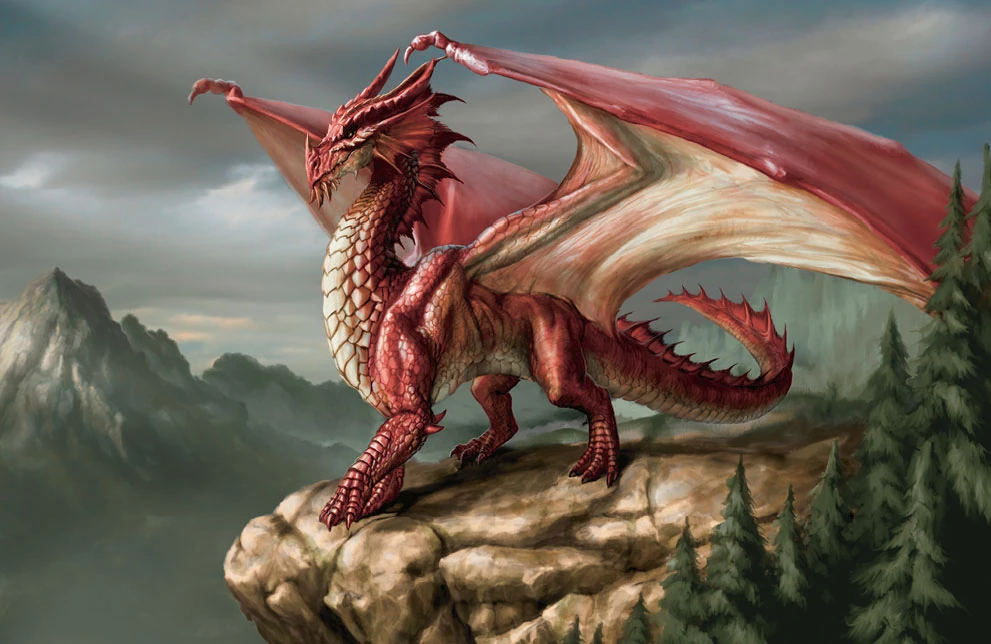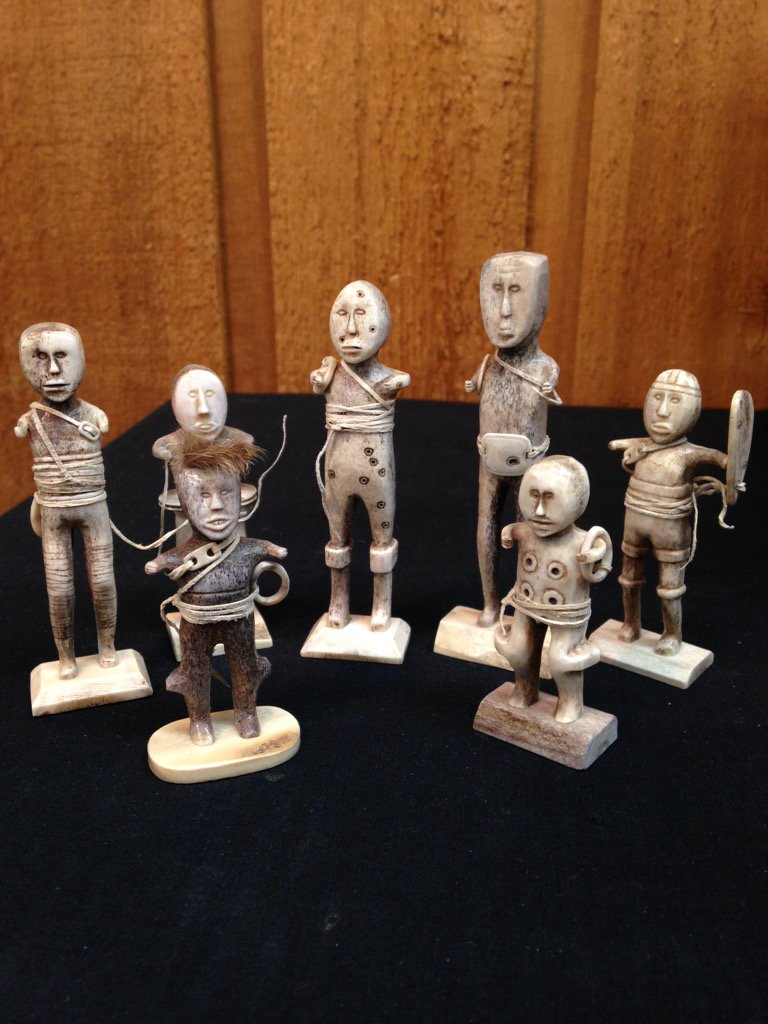 |
| Image by Scott Purdy. |
The fundamental fact about clockwork machinery is that it needs to be wound up before it will do anything. It doesn't have to be wound by hand: you can use wind power, or water power, or steam power to turn the key and wind the spring, and the presence of ubiquitous coal-powered 'autowinders' in ATWC basically exist as an excuse for PCs to surround themselves with clockwork technology without having to spend their whole lives winding the damn things: instead they can just say: 'I take off my clockwork legs, throw some coal in the autowinder, and go to sleep.' But you need to wind them with something. They don't just run by magic.
They can, however, run by zombie.
They might not be the brightest or toughest of the undead, but even the humblest zombie is basically a perpetual motion machine. It never needs to eat. It never needs to sleep. It can crank a handle, or walk a treadmill, for weeks or months or years on end. It can't actually work forever: eventually simple friction will wear its fingers to the bone, or reduce its feet to stumps, and after a few centuries you'll just be left with a dessicated zombie uselessly waving the stub of its arm at the wheel it's supposed to be turning, or a legless corpse helplessly flopping beside a treadmill that it no longer has the power to move. But they can work for a very long time.
Traditional D&D undead are something I've deliberately left out of ATWC so far, partly because they're not a good fit for the mythology - the living dead of Central Asian folklore are ravenous horrors like the Hortlak, not servile drudges - and partly because I'm wary of adding a source of effectively 'free' energy to a clockpunk setting. But there's no reason that a few of them shouldn't exist here and there, created by odd little wizard cults, or by crazy Dahakans, or by the creepy aristocratic Bone Witches of the Wicked City; and when they do, then combining them with clockwork is the next logical step. Or logical by the standards of the kind of people who spend their spare time turning corpses into zombies, at any rate.
So here are some clockpunk undead.
 |
| Image by redblackstripe. |
Corpse Puppets: These are zombies animated with a combination of necromancy and clockwork technology; the kind of thing you might expect a novice necromancer to create, using clockwork to work around the limitations of their black magic. An animated corpse is fitted with a clockwork exoskeleton which helps to move it around, giving its movements greater force than they might otherwise possess; clockwork machinery may also be used as a substitute for missing body parts, replacing lost limbs or rotted joints. Whenever it's not doing anything else, the corpse puppet winds up its own clockwork, ensuring that it's ready to lurch into action the next time it's called upon. Because the necromancy which animates them is so weak, corpse puppets are usually unable to do much more than flop about helplessly if someone disables their clockwork machinery.
- Corpse Puppet: AC 13 (leathery flesh and metal bars), 2 HD, AB 0, clumsy smash (1d6+1 damage), FORT 13, REF 16, WILL N/A, morale N/A. Tech difficulty: O0 M1 R2 C2.
Augmented Zombie: Whereas the Corpse Puppet uses clockwork technology to make up for the weakness of the necromancy that animates it, the Augmented takes an already fully-functional zombie and enhances its abilities through the addition of clockwork prostheses. There's no need to worry about the zombie dying during surgery, so the only limit is really the skill and resources of the builder: one might add extra clockwork limbs, replace arms with guns or fingers with blades, graft clockwork wings onto a zombie's shoulder-blades, and so on. Like corpse puppets, the augmented can wind their own clockwork parts during their own downtime, so fuel is a non-issue; they will normally need regular maintenance, however, as their zombified brains are hopelessly inadequate to the task of maintaining anything except the very simplest of clockwork machinery.
- Basic Augmented Zombie: AC 16 (armour plating), 2 HD, AB +1, gun arm (1d8 damage, 3 rounds to reload) or finger blades (1d6+1 damage), FORT 13, REF 16, WILL N/A, morale N/A. Tech difficulty: O0 M1 R2 C3.
- Advanced Augmented Zombie: AC 16 (armour plating), 3 HD, AB +2, 2 gun arms (1d8 damage, 3 rounds to reload) or 2 clockwork arms with pop-out claws (1d6+2 damage), FORT 12, REF 14, WILL N/A, morale N/A. Clockwork wings allow it to fly in short 'hops'. Tech difficulty: O2 M3 R3 C4.
 |
| Image from some Pathfinder thing or other. |
Brainbox Zombies: These are basically what you get if you take the clockwork brain of a Brass Man and connect it to the sinews of an animated corpse rather than the gears of a clockwork body. (The top and back of the zombie's head are usually removed in order to make room for the bulky clockwork brain in its reinforced metal casing: thus the name.) The result is a zombified body controlled by a human-level clockwork intelligence, and thus vastly more capable of independent thought and action than any ordinary undead. Many brainbox zombies are also fitted with additional augmentations, and/or covered in armour plating: building a clockwork brain of this sophistication is neither easy nor cheap, and their creators will usually be keen to safeguard their investments! Unlike regular augmented zombies, brainbox zombies are quite capable of maintaining their own clockwork prostheses.
- Brainbox Zombie: AC 16 (armour plating), 2 HD, AB +2, gun arm (1d8 damage, 3 rounds to reload) or finger blades (1d6+1 damage), FORT 13, REF 14, WILL 14, morale 7. Tech difficulty (body): O0 M1 R2 C3. Tech difficulty (brain): OM N/A, R5, C5. (NB: The brainbox zombie has a Tech Rating of 2, allowing it to operate, maintain, and repair its own body indefinitely.)
- Necro-Mech: AC 22 (reinforced mech armour), HD 10, AB 0, giant sword (1d12+6 damage, ignores 4 points of physical AC) or swivel gun (2d8 damage, ignores 4 points of physical AC, 4 rounds to reload), FORT 5, REF 12, WILL N/A, morale N/A, immune to missile fire from weapons smaller than a swivel gun. Tech difficulty: O2 M2 R3 C4.








